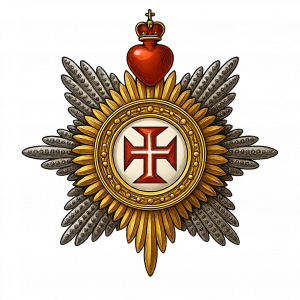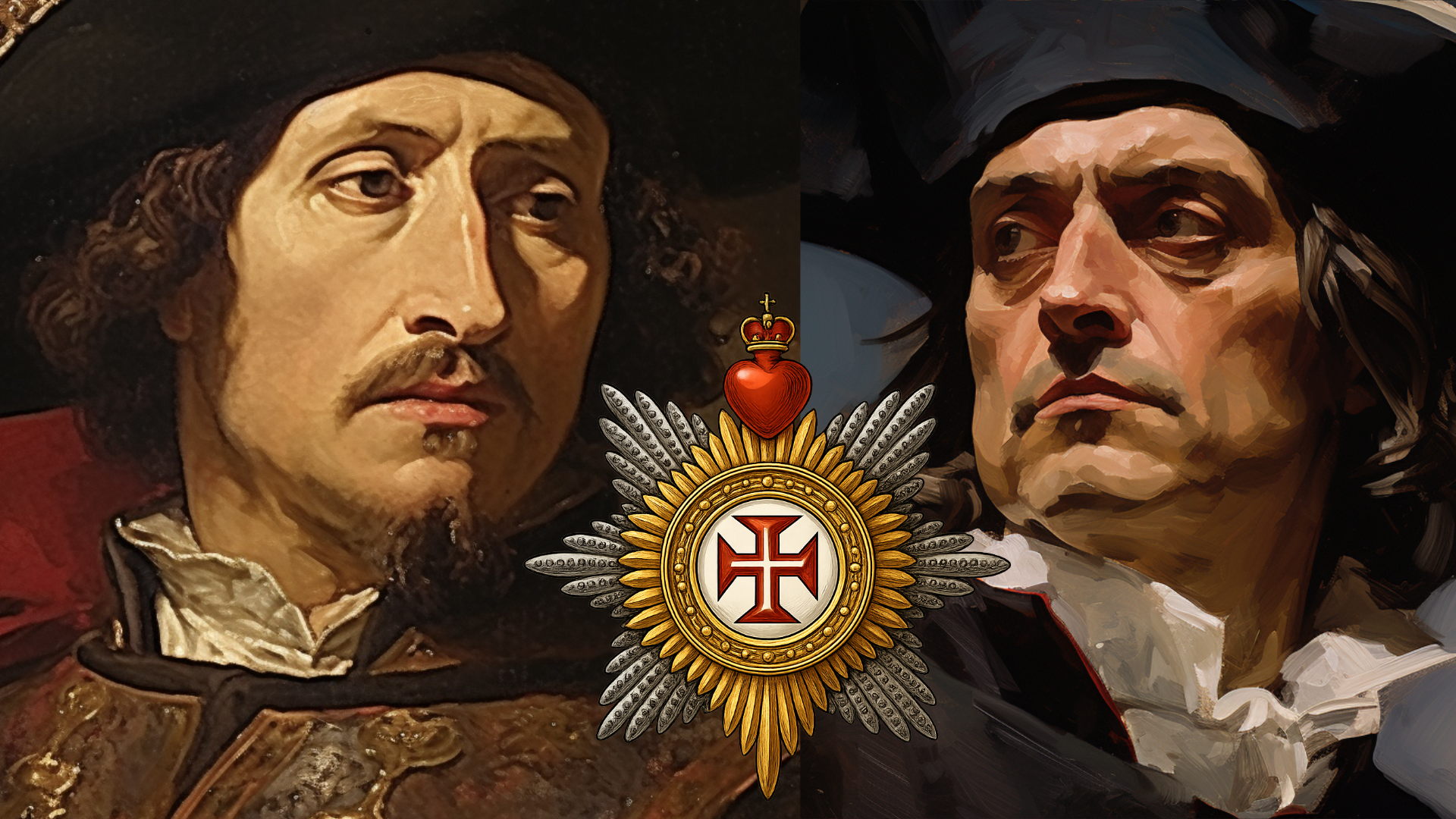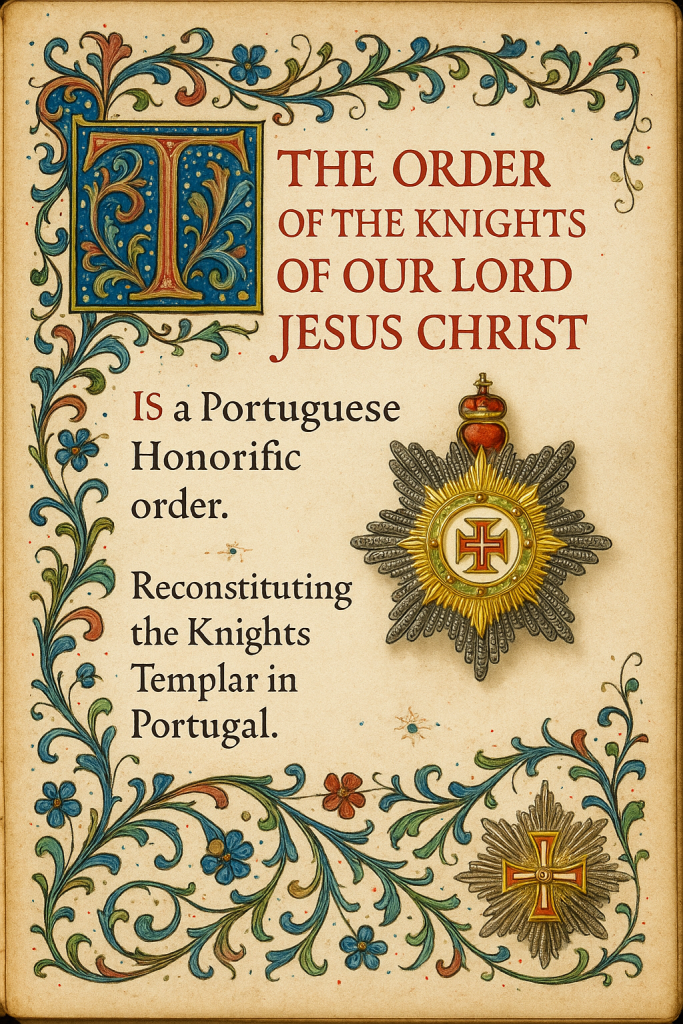A Living Legacy of Sacred Exploration
Introduction
The Order of the Knights of Our Lord Jesus Christ—commonly known as the Order of Christ—is a Portuguese honorific order whose origins trace back to the spiritual embers of the Knights Templar. Officially established in 1319, the Order served as a reconstitution of the Templar tradition in Portugal, preserving its sacred vows, its mission of guardianship, and its evolving service to discovery, knowledge, and the Christian mystery.

A Legacy Reforged
When the Knights Templar were disbanded across Europe under charges both political and theological, Portugal—led by King Denis—took a different path. Rather than dissolve their noble purpose, he reformed them into the Ordem Militar de Cristo, recognizing their loyalty, wisdom, and essential role in securing and expanding Christendom.
What emerged was not merely a military order, but a spiritual intelligence network—a knightly class that blended monastic ritual, maritime innovation, and divine service. These men became guardians of knowledge, protectors of the realm, and patrons of what would become the Age of Discovery.
Symbolism and Insignia
At the heart of the Order is its emblem—a radiant starburst surrounding the sacred Cross of Christ, often crowned with a flaming Sacred Heart, representing divine mission, valor, and holy endurance. Every element carries layered meaning:
- The Red Cross: A continuation of the Templar seal, now consecrated by the Portuguese Crown and the Vatican.
- The Sacred Heart: Symbol of unwavering devotion to the mission of Christ on Earth.
- The Radiant Star: Light carried into darkness, representing the Order’s navigational and spiritual guidance across unknown realms.
The Age of Discovery and the Explorer Class
The Order of Christ played a foundational role in seeding the Explorer Class—those who went not only to map coastlines but to bring order, record data, and establish continuity. Under the Order’s banner sailed some of the most iconic figures in history:
- Prince Henry the Navigator – appointed governor of the Order in 1420, launching a worldwide cartographic revolution.
- Vasco da Gama, Pedro Álvares Cabral, and others—men guided by sacred geometry, planetary observation, and covenantal vows.
Their voyages were not merely conquests—they were cartographic liturgies, each map a prayer, each compass an oath.
Restoring Time
In modern interpretations, the Order of Christ is recognized not only for its historical role, but for its enduring metaphysical presence. To speak of the Order today is to speak of those who are still:
- Restoring time,
- Remembering hidden origins, and
- Holding the axis of spiritual continuity between past, present, and the galactic unknown.
Those who wear its cross today do so not as warriors of empire, but as guardians of the blueprint—the explorers of peace, memory, and sacred timing.

